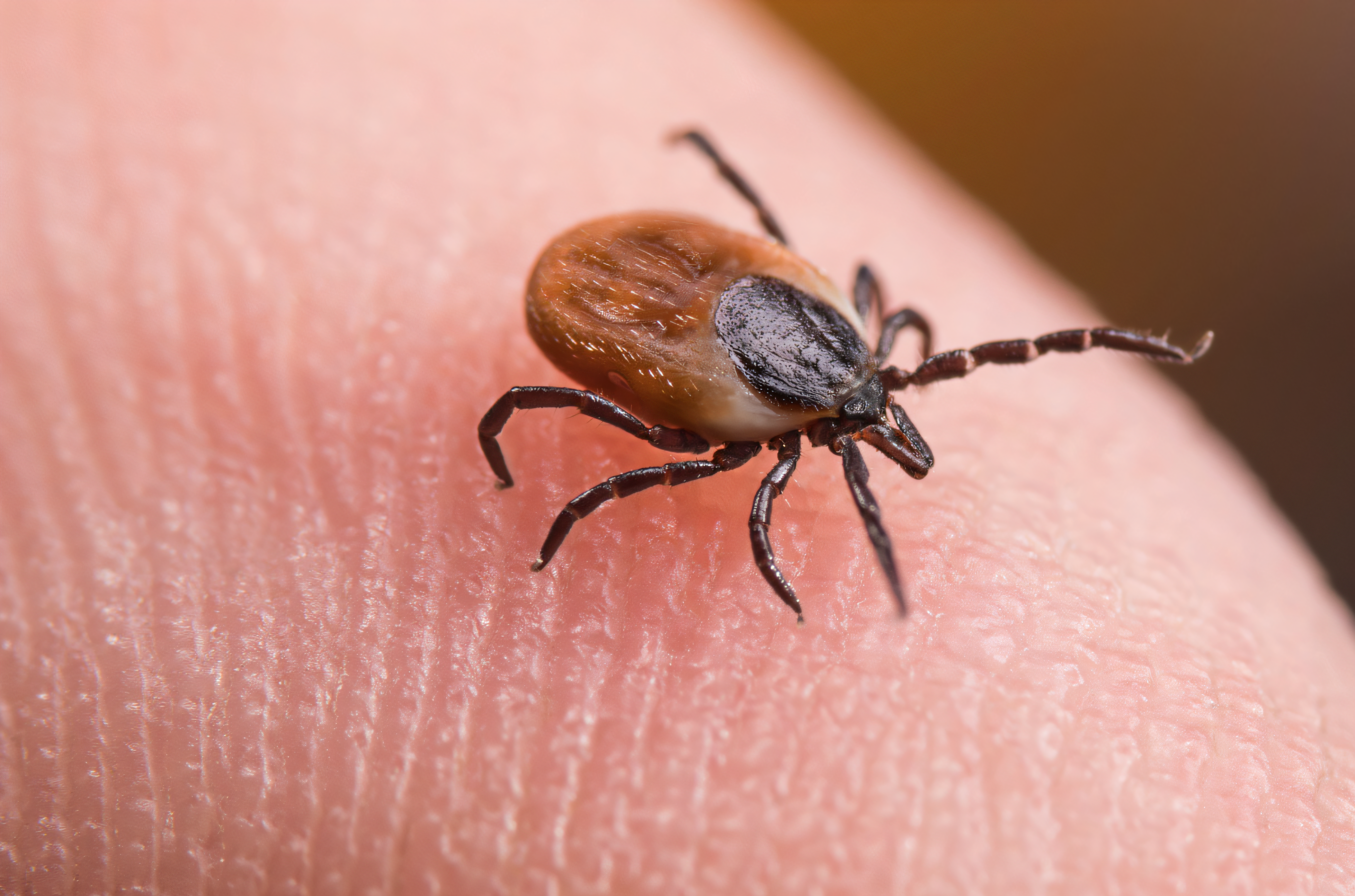Ticks: Tiny Vectors, Big Problems in Zimbabwe
Have you got tick problems in Zimbabwe? Call 0772593344 for affordable, reliable and professional tick control in Zimbabwe.

Ticks, those minuscule, blood-sucking arachnids, are far more than just a nuisance. In Zimbabwe, they serve as vectors for a range of diseases, some of which can be debilitating and even fatal. Understanding the risks associated with tick bites and taking appropriate preventive measures is crucial for safeguarding public health.
A Diverse Threat: The Tick Species of Zimbabwe
Zimbabwe is home to a variety of tick species, each carrying its own set of diseases. Some of the most prevalent include:
Amblyomma hebraeum (Bont Tick):This tick, commonly found on cattle, is a significant vector for Heartwater, a debilitating disease that affects livestock and can be fatal.
Rhipicephalus appendiculatus (Brown Ear Tick): This tick is a major vector for East Coast Fever (ECF), another dangerous disease affecting cattle and other livestock.
Rhipicephalus sanguineus (Brown Dog Tick): This tick is known to transmit Canine babesiosis, a life-threatening disease in dogs.
Ixodes scapularis (Blacklegged Tick): While not as common in Zimbabwe, this tick can be found in certain areas and is known to carry Lyme disease and babesiosis, which can affect both humans and animals.
The Diseases: An Overview
Let’s delve into some of the most significant tick-borne diseases prevalent in Zimbabwe:
Heartwater: Caused by the bacterium _Cowdria ruminantium_, this disease affects mainly ruminants, particularly cattle. Symptoms include fever, lethargy, respiratory distress, and neurological signs.
East Coast Fever (ECF): Caused by the protozoan parasite _Theileria parva_, this disease affects cattle, leading to severe anemia, fever, and potentially death.
Canine Babesiosis: Caused by the protozoan parasite _Babesia canis_, this disease affects dogs and can lead to fever, anemia, lethargy, and even death.
Lyme disease: Caused by the bacterium _Borrelia burgdorferi_, this disease affects both humans and animals. Early symptoms include a characteristic red rash (erythema migrans) and flu-like symptoms. If untreated, it can progress to more severe complications.
Babesiosis: Caused by the protozoan parasite _Babesia_, this disease affects both humans and animals, causing fever, chills, fatigue, and other symptoms.
The Impact on Humans and Livestock
Tick-borne diseases have a profound impact on both human and animal health. In livestock, these diseases can cause significant economic losses due to death, reduced milk production, and weight loss. For humans, tick-borne diseases can lead to chronic health problems, disability, and even death.
Prevention and Control Strategies
Protecting yourself and your animals from tick-borne diseases requires a multi-pronged approach:
Professional Pest Control – Companies like Pest Portal Zimbabwe offer affordable, reliable and professional tick control for residential and commercial customers.
Tick Control for Livestock: Regular tick treatment with acaricides, proper pasture management, and dipping are key to preventing tick infestations in livestock.
Personal Protection: Wearing light-colored clothing, tucking pants into socks, using insect repellent, and conducting thorough tick checks after spending time in tick-prone areas are essential for minimizing the risk of tick bites.
Prompt Medical Attention: Seek medical attention immediately if you suspect a tick bite. Early diagnosis and treatment can significantly improve the chances of a full recovery.
Public Awareness: Raising awareness about tick-borne diseases and their prevention is crucial to safeguarding public health.
The Role of Research and Collaboration
To effectively combat tick-borne diseases, ongoing research is essential. Collaboration between scientists, healthcare professionals, and communities is vital to develop new prevention and control strategies, improve diagnostic tools, and enhance public health initiatives.
Concluding Thoughts
Ticks may be small, but they pose a significant threat in Zimbabwe. By understanding the risks, taking appropriate preventive measures, and seeking prompt medical attention when necessary, we can minimize the impact of tick-borne diseases on both human and animal health. Continuous research, community involvement, and effective control strategies are crucial for protecting our well-being and ensuring a healthier future.
